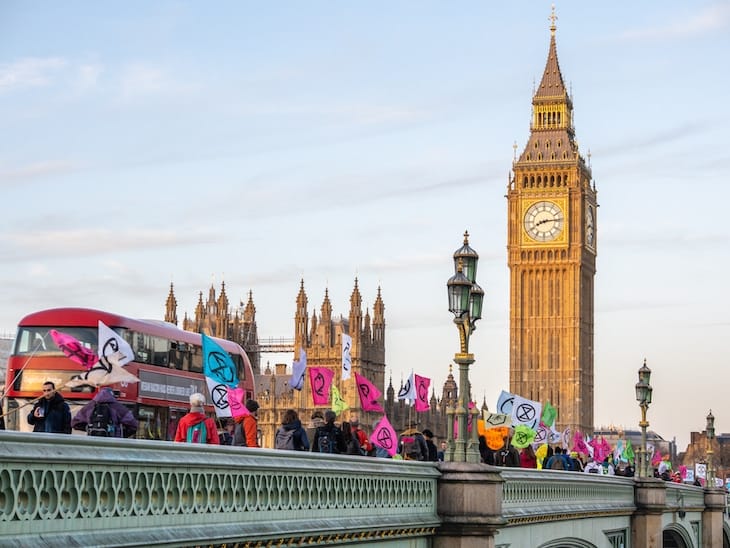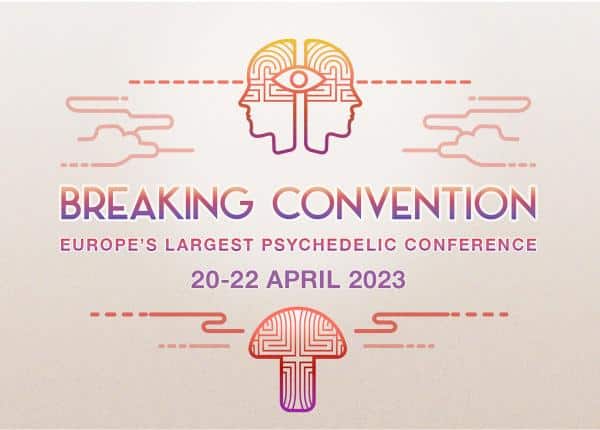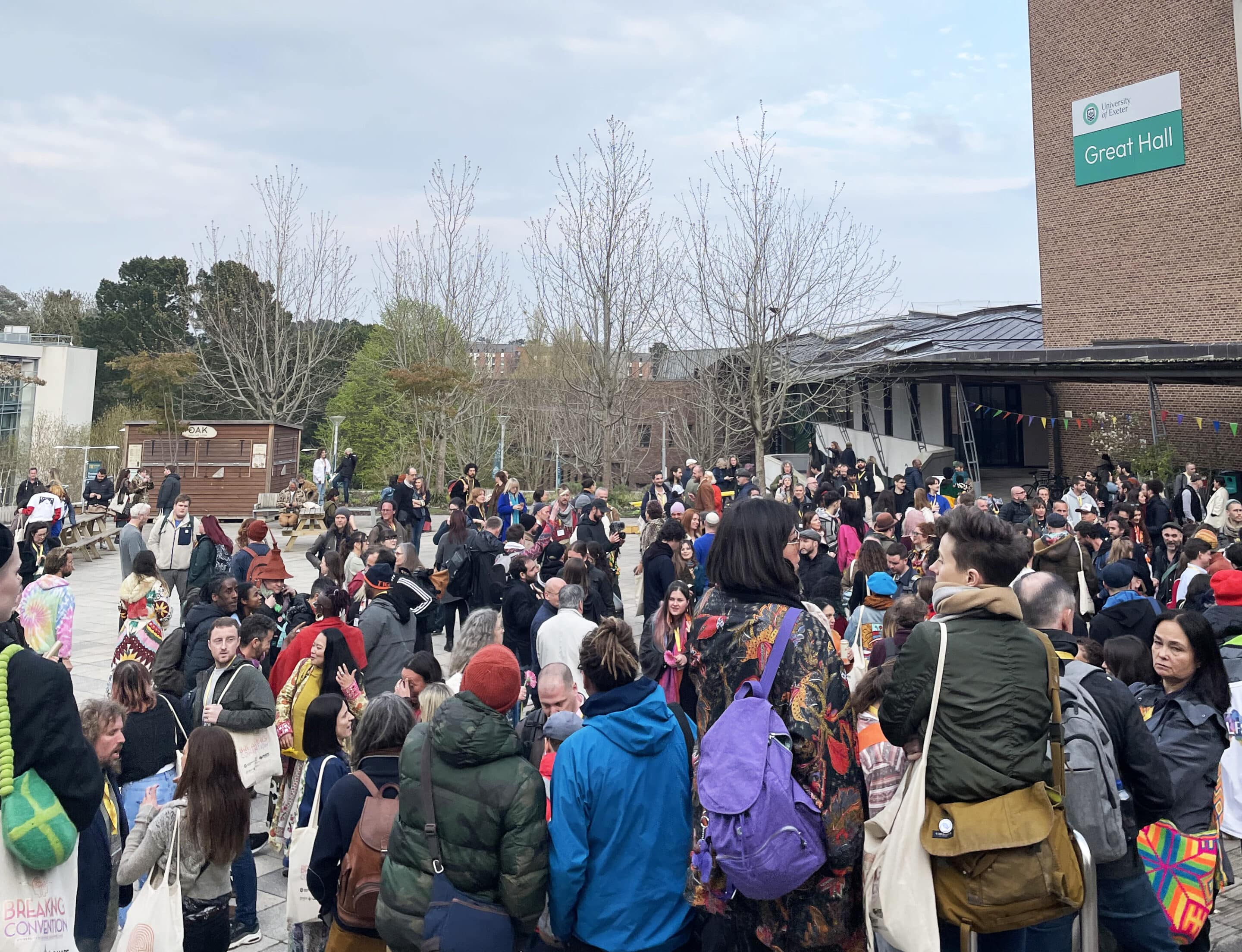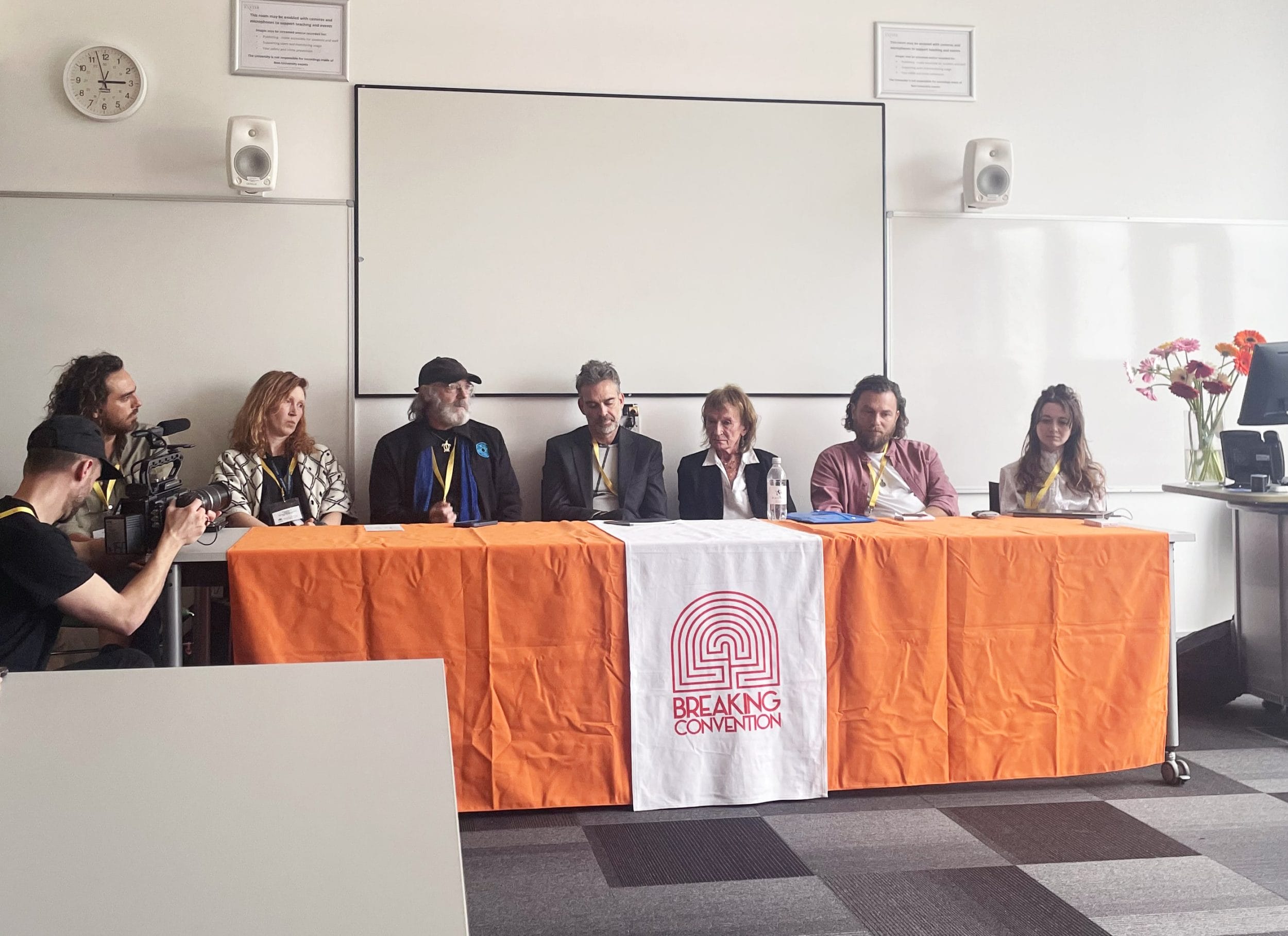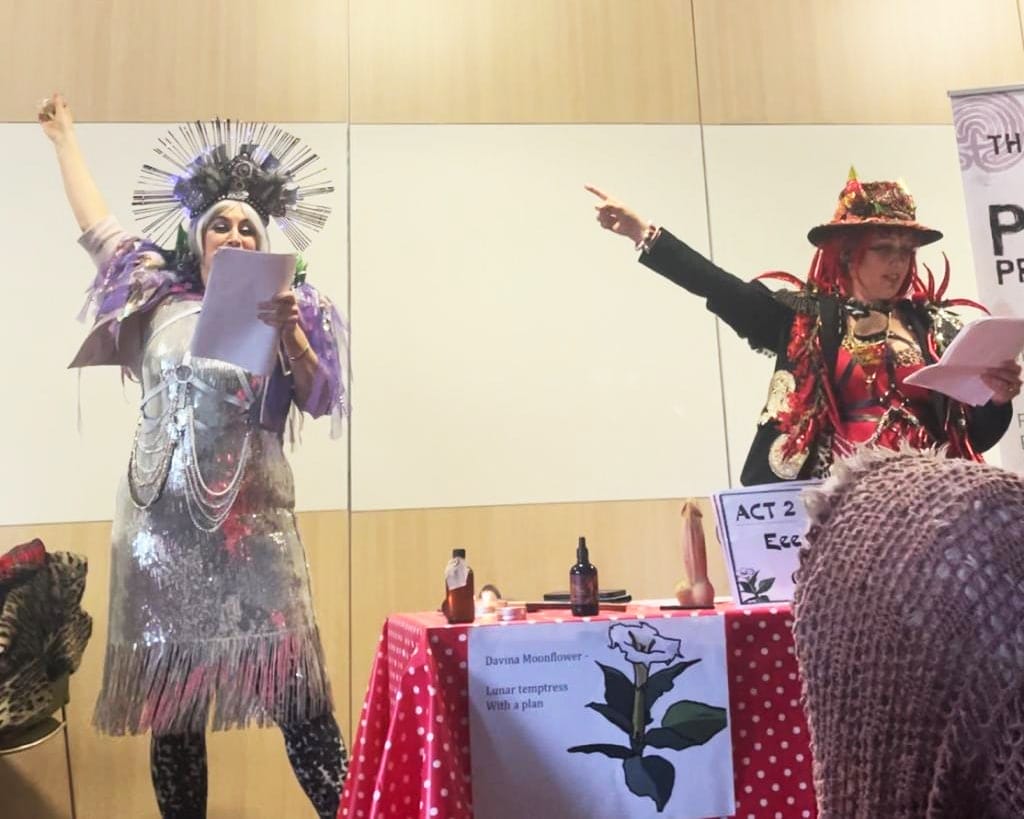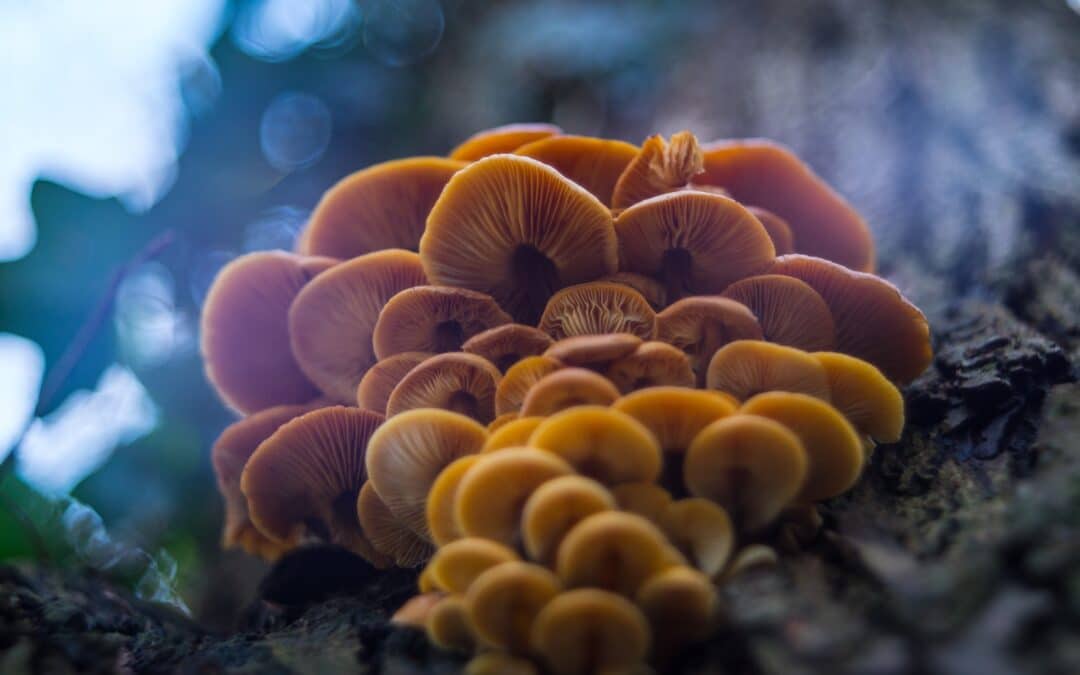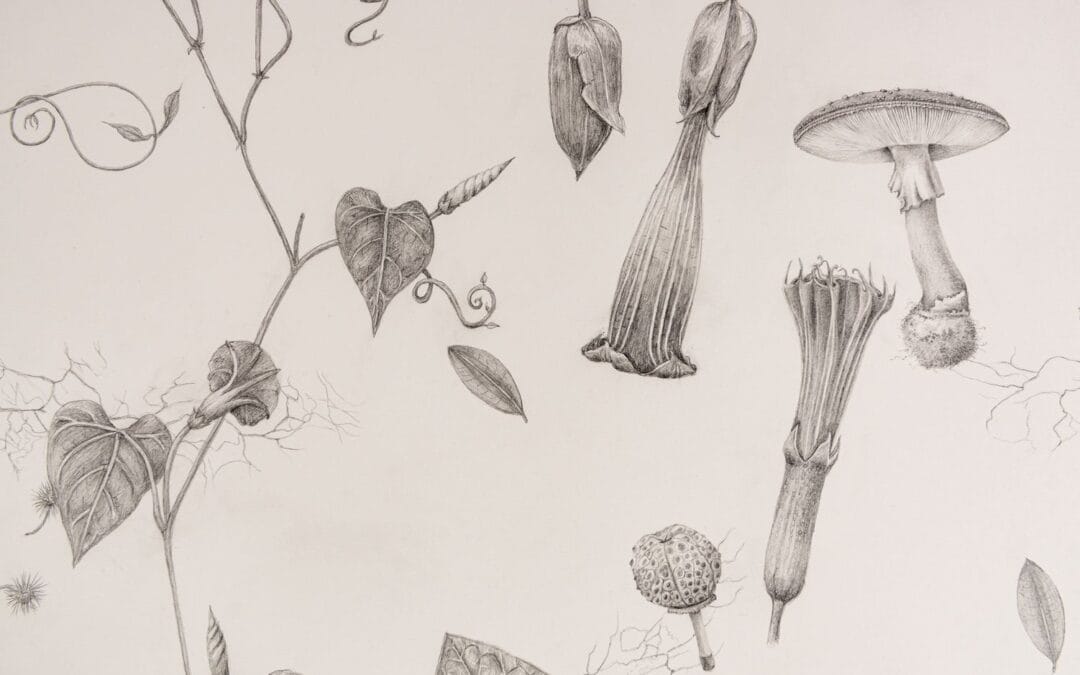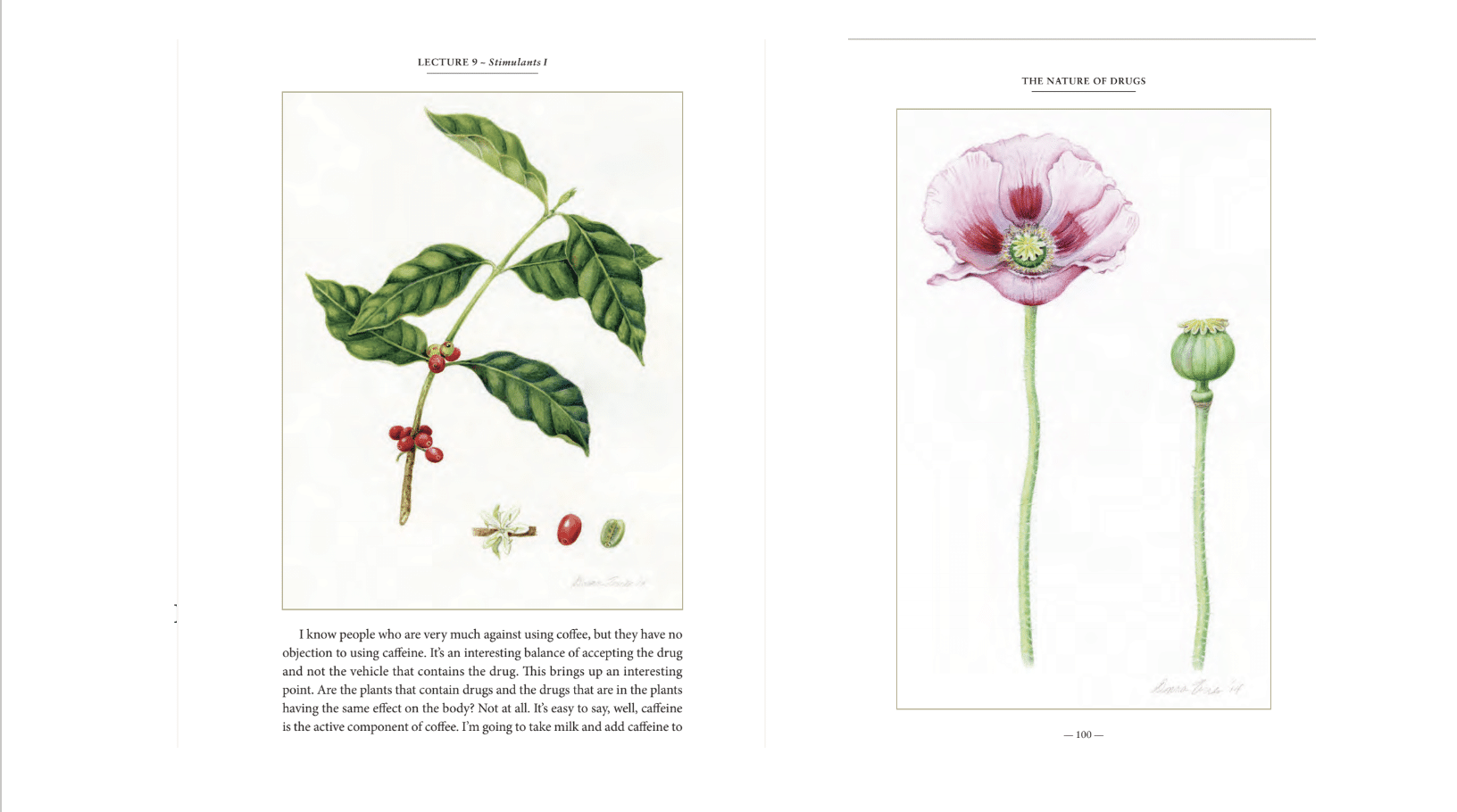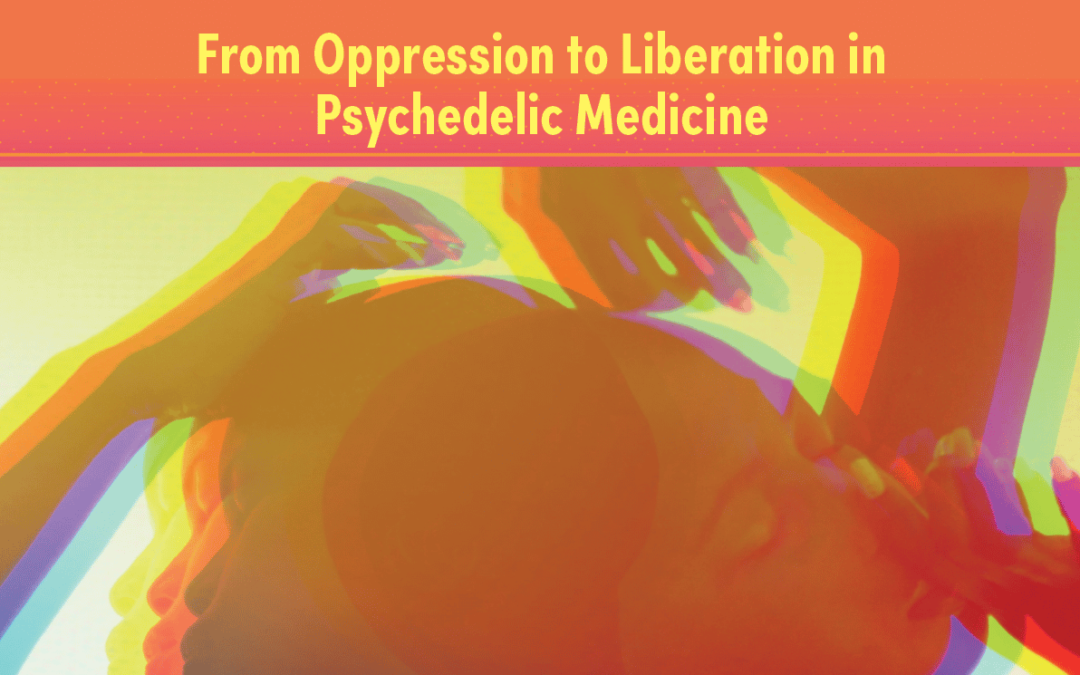
Queering Psychedelics: Illuminating Paths towards Inclusion and Liberation
As Pride Month commences, it is an opportune time to reflect on the ongoing struggles for equality and acceptance faced by the 2SLGBTQIA+ community. Centering the voices of the queer community, the book Queering Psychedelics: From Liberation to Oppression in Psychedelic Medicine by the Chacruna Institute emerges as a significant and timely contribution. It provides a vital roadmap for dismantling oppressive structures within the psychedelic community, particularly those rooted in sexism, heteronormativity, transphobia, and homophobia. By amplifying queer voices and experiences, this groundbreaking work sets the stage for fostering a more inclusive and liberated psychedelic movement.
The psychedelic community, like any other sphere, has often been influenced by heteronormative standards and assumptions. Queering Psychedelics serves as a powerful catalyst for challenging these norms and expanding our understanding of gender and sexuality. It showcases the lived experiences of queer individuals, inviting readers to question preconceived notions and embrace the diversity of human expression.
Oppression rarely exists in isolation; it intersects and overlaps with various forms of discrimination. This book acknowledges the importance of intersectionality by shedding light on the experiences of queer individuals from different racial, ethnic, and cultural backgrounds. It offers insights into the unique challenges faced by queer people of color, transgender individuals, and other marginalized groups within the psychedelic community. Queering Psychedelics serves as a beacon of hope for queer individuals seeking representation and validation within the psychedelic landscape. It paves the way for a more inclusive movement that acknowledges and celebrates the contributions of queer individuals.
Psychedelics have long been recognized for their potential to facilitate healing and personal growth. For queer individuals, the psychedelic experience can be an opportunity for self-discovery, self-acceptance, and healing from the wound inflicted by systemic and societal prejudice. Queering Psychedelics offers a roadmap for utilizing psychedelics in a way that is affirming and empowering for queer individuals and beyond, providing guidance for practitioners and allies in creating safe and supportive spaces.
Beyond personal transformation, Queering Psychedelics emphasizes the importance of activism and social change. It highlights the role of the psychedelic community in challenging systemic oppression and advocating for the rights and well-being of all individuals. The book sparks crucial conversation abouts the intersections of psychedelics, social justice, and liberation, inspiring readers to become agents of change within their communities. Let us embrace its teachings, challenge oppressive structures, and strive for a world where all individuals are free to explore their inner landscapes and embrace their true selves, unencumbered by prejudice or discrimination.
Happy Pride Month!
